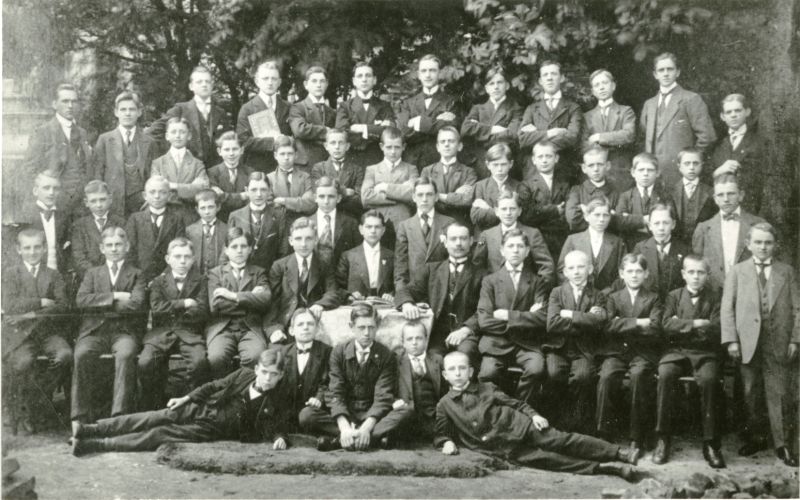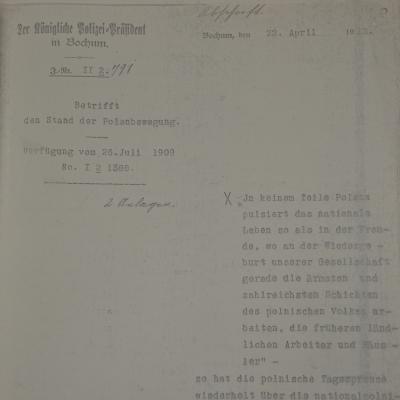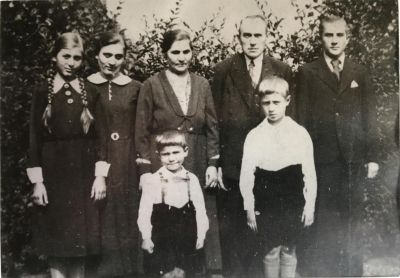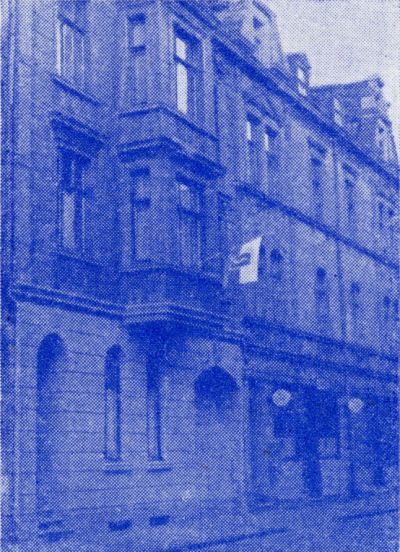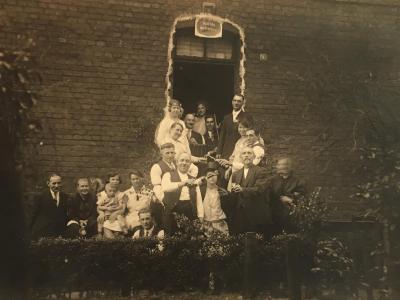The Ruhr Poles
Mediathek Sorted
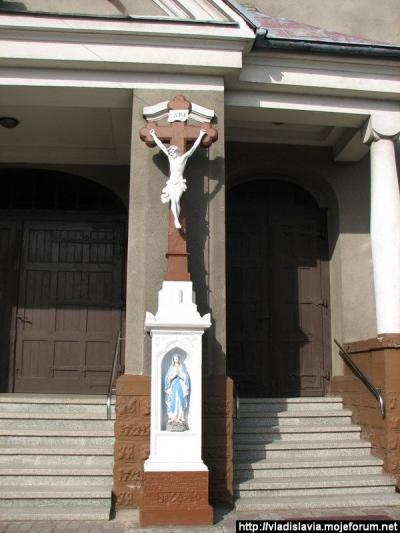
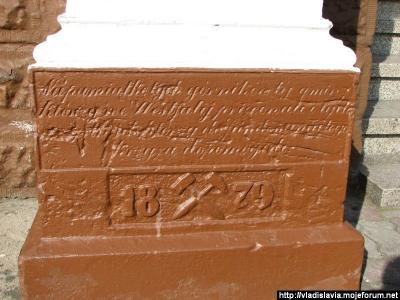
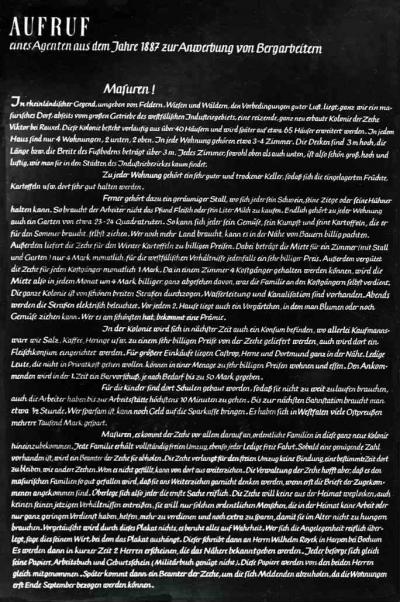
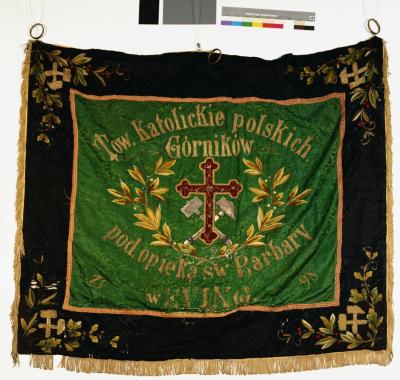
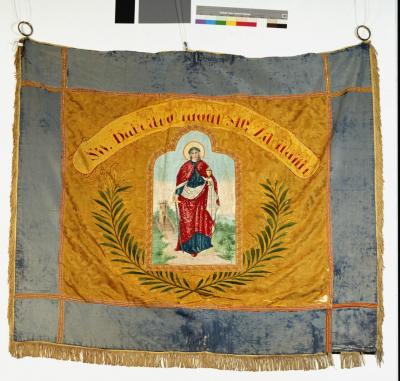
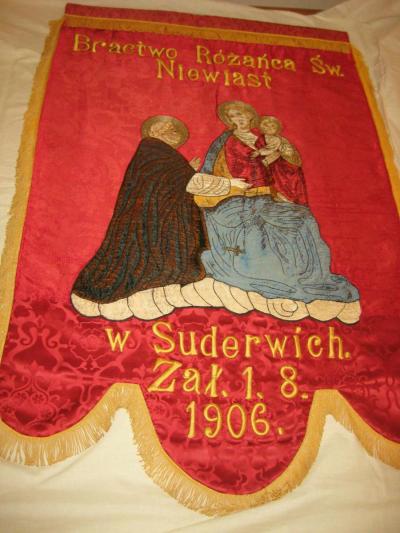
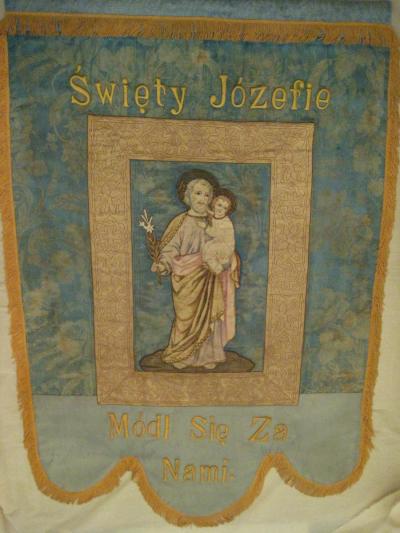
![Flag of the Mickiewicz Choral Society from Oberhausen 1898, front Flag of the Mickiewicz Choral Society from Oberhausen 1898, front - Flag of the choral society "Mickiewicz" from Oberhausen, founded on 30 May 1898, inscription on the back: "Cześć Pieśni" [honour to the song]](/sites/default/files/styles/width_100_tiles/public/assets/images/gesangverein_mickiewicz_fahne_2.jpg?itok=XgzeW2hv)
![Flag of the Mickiewicz Choral Society from Oberhausen 1898, reverse Flag of the Mickiewicz Choral Society from Oberhausen 1898, reverse - Flag of the choral society "Mickiewicz" from Oberhausen, founded on 30 May 1898, inscription on the back: "Cześć Pieśni" [honour to the song]](/sites/default/files/styles/width_100_tiles/public/assets/images/gesangverein_mickiewicz_fahne_1.jpg?itok=z2SaZxxf)


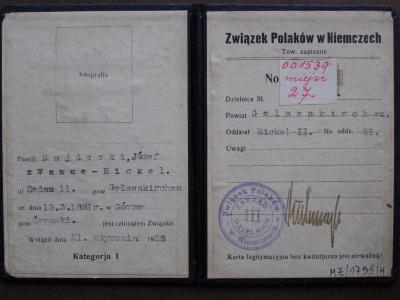
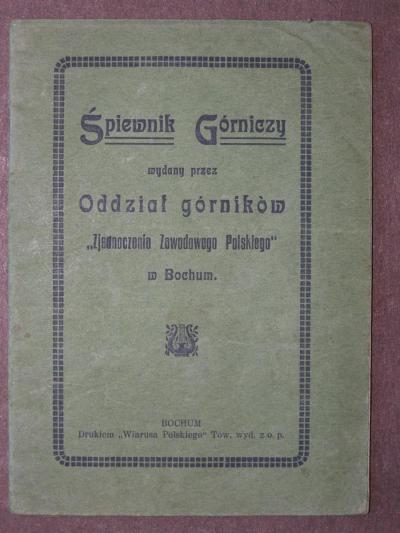
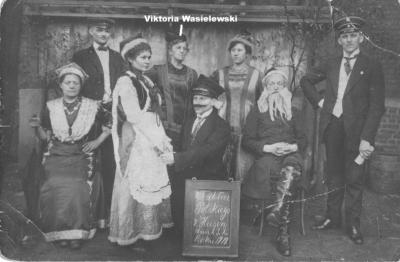
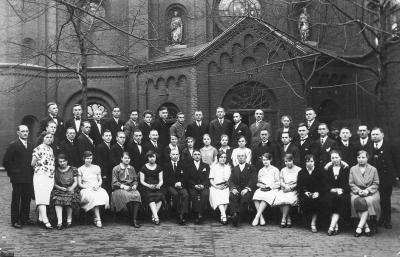
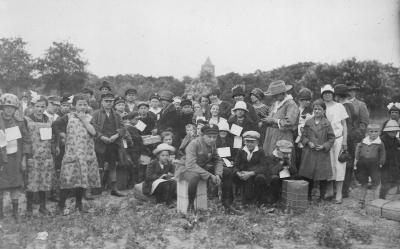
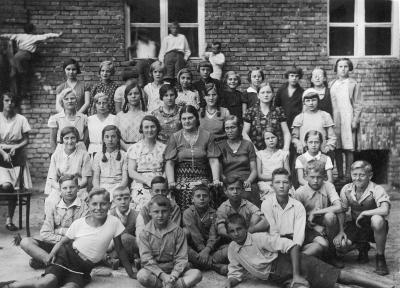
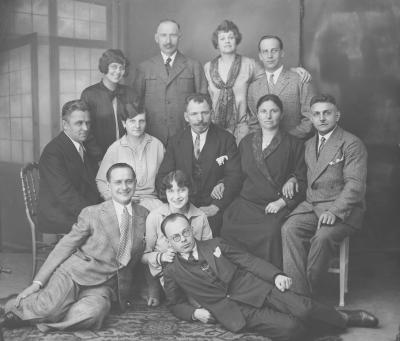
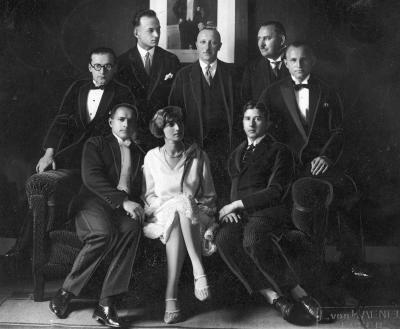
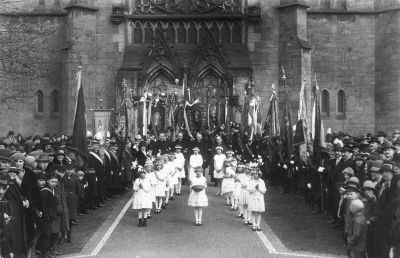
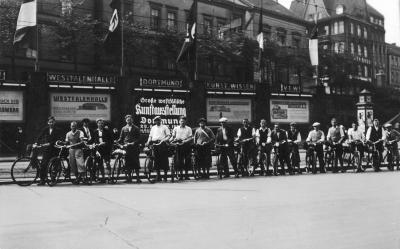
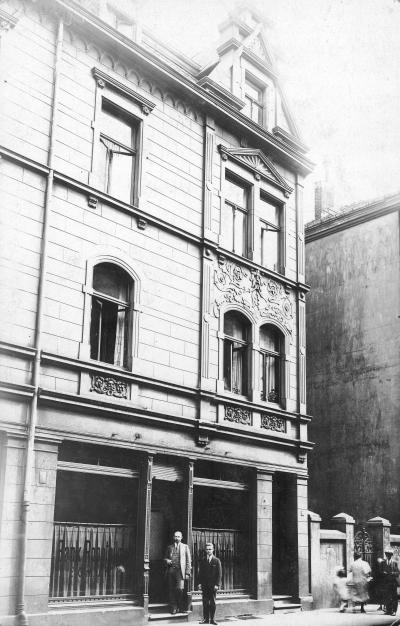
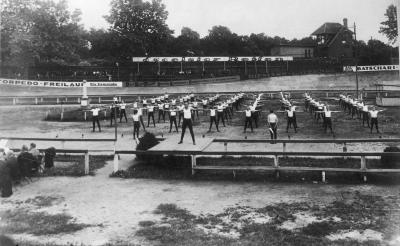
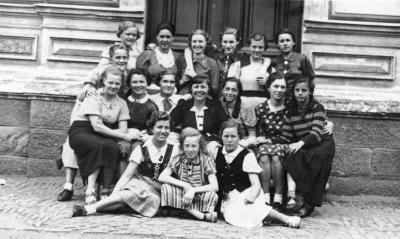
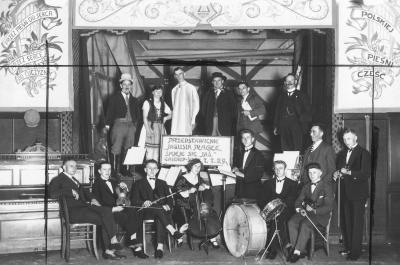
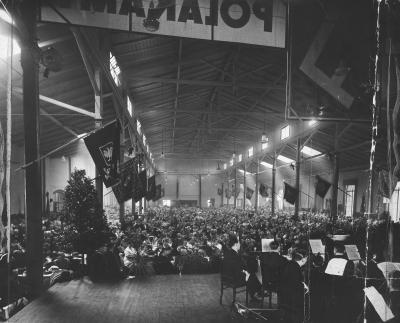
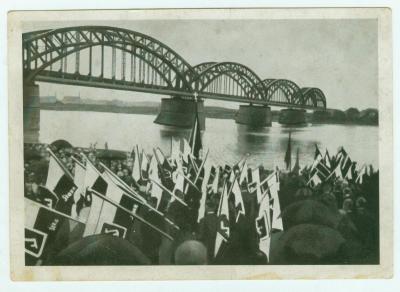
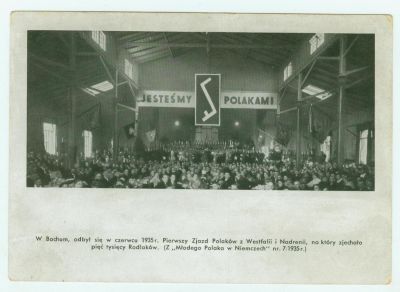
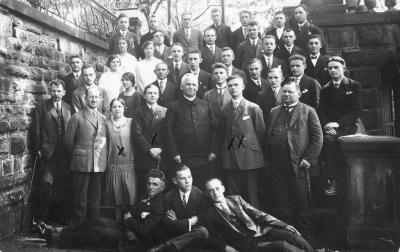

Die „Ruhrpolen“ - Hörspiel von "COSMO Radio po polsku" auf Deutsch

The immigrants – shaped by their common roots
The majority of the Ruhr Polish immigrants came from a rural, West Slavic population who spoke Polish dialects. With regard to customs and traditions, the people in the regions of origin were firmly embedded in their respective regional and local contexts, and had very little contact with German-speaking elites. Village areas remained relatively isolated with their own internal hierarchies, rules and rituals. The course of the year was structured by Sundays and public holidays, and individual mobility was severely restricted.[10] In addition, a specific popular religiosity in rural Polish regions determined their morals and values, their actions and thoughts. Hence this was a decisive factor in shaping their consciousness.[11] However, despite (or above all because of) these limitations, their native country also offered them security. Hence the first wave of migrant workers were completely uprooted from their familiar social and cultural environment. Experiences of alienation (a lack of language skills and a lack of understanding of the local conditions and demands, as well as the simultaneous absence of their own elites who could offer them some structure, orientation and pastoral care), led to social problems, especially in the early years of immigration;[12] and these factors were exacerbated by the heavy, previously unknown, work underground: "All the physical pain was just a drop in the ocean compared to the moral suffering [...] I was afraid of the surrounding darkness. I kept thinking of the 'spirits' in stories and fairy tales we had been frightened with. I imagined that such spirits, if they existed, could only exist in such darkness".[13]
Against the background of local and regional ties and mentalities, the popular religiosity they brought with them from their native regions, and the specific form of pioneer migration, helped to shape their common roots wherever they settled. On the other hand, associations with a religious orientation, initially determined by their regional origins, also developed. The extensive continuity in settlement structures between the region of origin and the target region was accelerated by the construction of colliery housing estates and the growing system of taking in workers as boarders. When workers' families succeeded in renting their own housing, they tried to increase their income by taking in and providing for subtenants. The main beneficiaries were family members, acquaintances and neighbours from their homeland or people from their own milieu who had a good reputation and were of the same denomination as the host family. In the Rhineland-Westphalian industrial area the ensuing trust that developed over and beyond this, spread only very slowly (and with an increasing length of stay) to include potential boarding tenants from other regions of origin. In this way, entire streets, settlements and districts arose whose inhabitants were mostly immigrants from specific regions in eastern Prussia.[14] For example, immigrants from the province of Poznan generally tended to concentrate in certain districts in Dortmund, Bochum and Essen; the Gelsenkirchen area was the core settlement area of Masurians,[15] while Upper Silesians were mainly to be found in the north of the Ruhr area in and around Bottrop, Gladbeck, Borbeck and Osterfeld.[16]
[10] Skrabania: Keine Polen?, pp. 93–95.
[11] Ibid. p. 104–105.
[12] Matwiejczyk, Witold: Katolickie towarzystwa robotników polskich w Zagłębiu Ruhry 1871–1894. Rozwój organizacyjny a świadomość narodowa, vol. 1, Lublin 1999, p. 87.
[13] Pamiętniki emigrantów 1878–1958, with a foreword by: Kazimierz Koźniewski, Warszawa, p. 23 [Translation: David Skrabania].
[14] cf. Budraß: Von Birtultau, pp. 127–133.
[15] Kornatowski, Wiktor/Malczewski, Kazimierz (eds.): Wspomnienia Opolan, Warszawa 1960, p. 103–104.
[16] Kleßmann, Christoph: Integration und Subkultur nationaler Minderheiten. Das Beispiel der „Ruhrpolen“ 1870–1939, in: Bade, Klaus J. (ed.): Auswanderer. Wanderarbeiter. Gastarbeiter. Bevölkerung, Arbeitsmarkt und Wanderung in Deutschland seit der Mitte des 19. Jahrhunderts, Ostfildern 1984, p. 491.



















































































